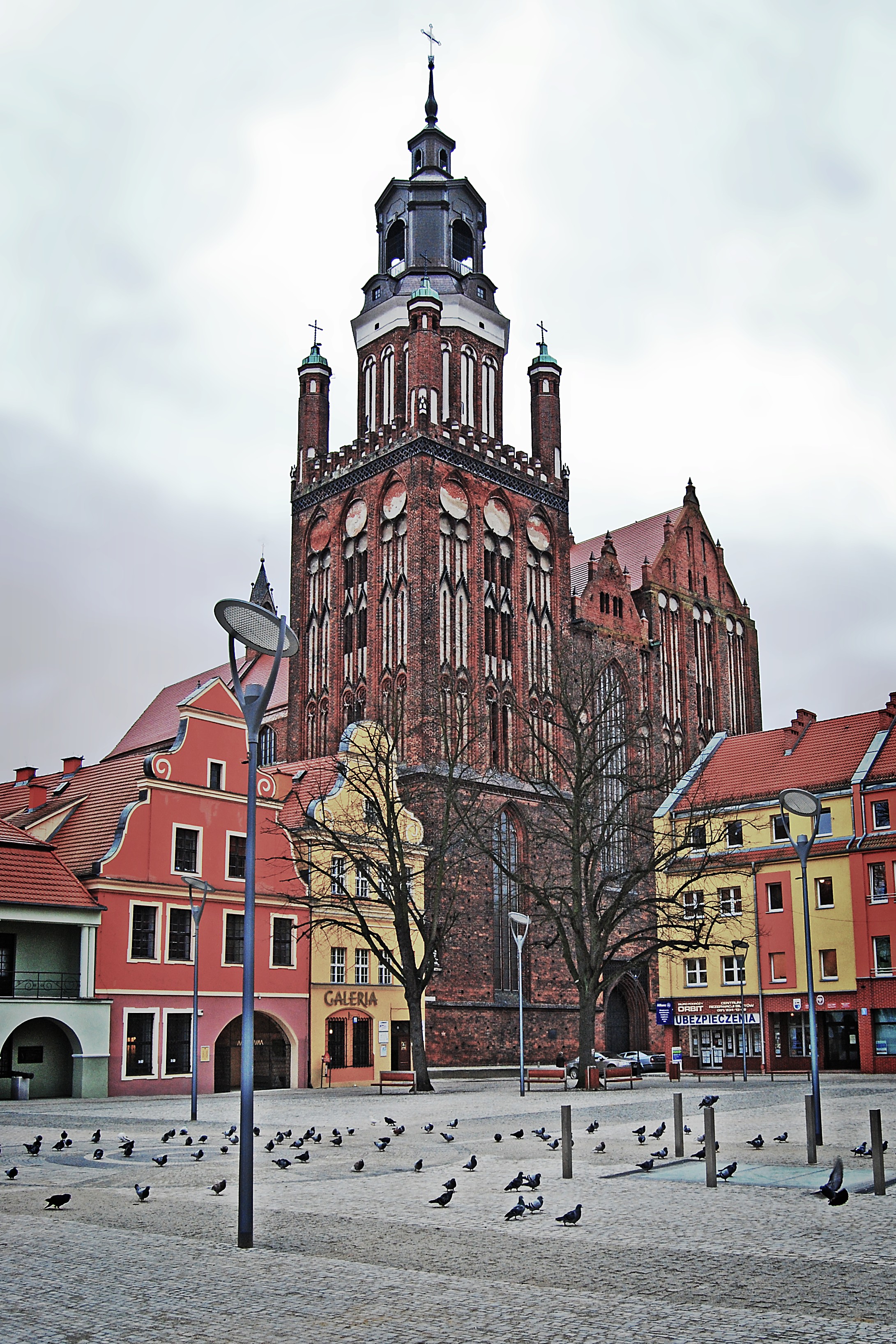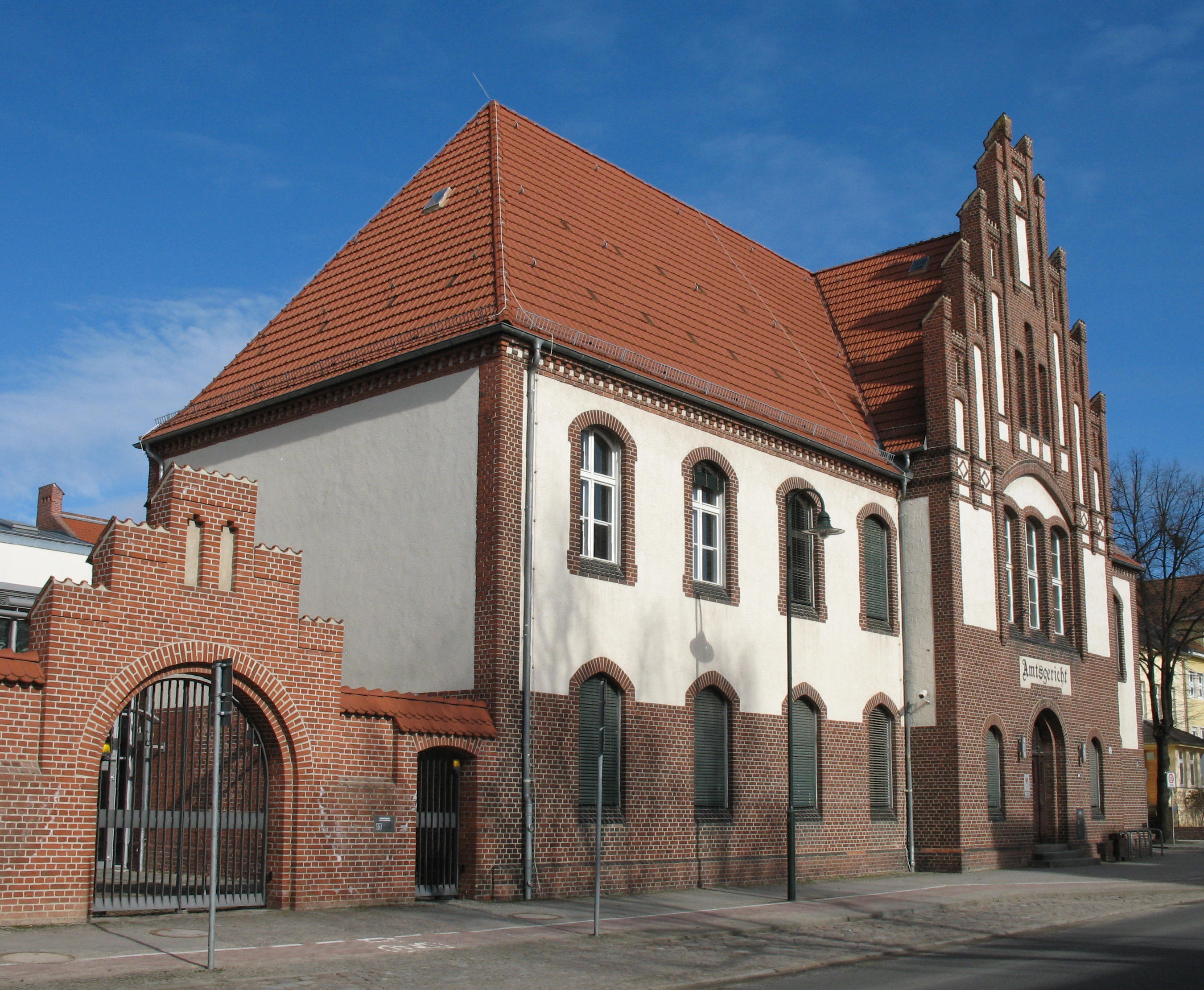|
Johann Friedrich Falckenhagen
Johann Friedrich Falckenhagen, also Falkenhagen, (1752 – 11 May 1823) was a German organ builder in Berlin. Life and work The father David Falckenhagen was a master carpenter in Stargard. Friedrich Falckenhagen became an employee of the organ builder Ernst Julius Marx in Berlin and married his daughter Catharina Dorothea Elisabeth in the Sophienkirche on 16 May 1786. In 1789, he made an offer on behalf of Marx to repair the organ in the Marienkirche in Bernau bei Berlin. However, the town's approval was given to Johann Simon Buchholz, who was just setting up his own business and had also worked for Marx until then. In 1800, Falckenberg carried out a comprehensive reduction (''Simplificierung'') of the Wagner-Orgel in the St. Mary's Church, Berlin. At the suggestion of Georg Joseph Vogler, he removed 1001 of 2556 pipes and reduced the casing from 40 to 27. In 1808, he carried out repairs to the organ of the Parochialkirche. In 1820 and 1823, his address was Kleiner Jü ... [...More Info...] [...Related Items...] OR: [Wikipedia] [Google] [Baidu] |
Organ Builder
Organ building is the profession of designing, building, restoring and maintaining pipe organs. The Organ builders , organ builder usually receives a commission to design an organ with a particular disposition of Organ stop, stops, Manual (music), manuals, and Tracker action, actions, creates a design to best respond to spatial, technical and acoustic considerations, and then constructs the instrument. The profession requires specific knowledge of such matters as the Scale height , scale length of organ pipes and also familiarity with the various materials used (including woods, metals, felt, and leather) and an understanding of statics, aerodynamics, mechanics and electronics. However, although in theory the builder is responsible for all facets of construction, in practice organ-building workshops include specialists in pipes, actions, and cabinets; tasks such as the manufacture of pipes, metal Casting (metalworking), casting, and making rarely-used components are often del ... [...More Info...] [...Related Items...] OR: [Wikipedia] [Google] [Baidu] |
Stargard
Stargard (; 1945: ''Starogród'', 1950–2016: ''Stargard Szczeciński''; formerly German language, German: ''Stargard in Pommern'', or ''Stargard an der Ihna''; csb, Stôrgard) is a city in northwestern Poland, located in the West Pomeranian Voivodeship. In 2021 it was inhabited by 67,293 people. It is situated on the Ina River. The city is the seat of the Stargard County, and, extraterritorially, of the municipality of Gmina Stargard, Stargard. It is the second biggest city of Szczecin agglomeration. Stargard is a major railroad junction, where the southwards connection from Szczecin splits into two directions: towards Poznań and Gdańsk. Etymology The city's name is of Pomeranian language, Pomeranian (Kashubian language, Kashubian) origin and stands for ''old'' (''stari'') ''town/city'' (''gard'' or ''gôrd''). In this meaning, the term ''gard'' is still being used by the only surviving Pomeranian language speakers, the Kashubs. However, some experts say that the name is ... [...More Info...] [...Related Items...] OR: [Wikipedia] [Google] [Baidu] |
Ernst Julius Marx
Ernst Julius Marx (often Ernst Marx; 28 November 1728 in Ballenstedt, Principality of Anhalt-Bernburg - 25 March 1799) was an important German organ builder in Berlin. He worked in the tradition of Joachim Wagner. Life The father George Christoph Marx was a master carpenter in Ballenstedt. Ernst Marx had been employed in the workshop of Johann Peter Migendt in Berlin since 1753/55 at the latest. It is doubtful whether he lived to see Joachim Wagner, who died in 1749. Marx worked together with Migendt (''in Companie'') and married a sister of Migendt's wife, Maria Louisa Balke, in 1756. After the death of Peter Migendt in 1767 he continued the workshop alone. Pupils included Johann Simon Buchholz, son-in-law Johann Friedrich Falckenhagen, and son Friedrich Emanuel Marx, who took over the workshop after his father's death in 1799. Marx was the youngest of the organ builders who carried on the tradition of Joachim Wagner (even though he was not to have known him personally) and w ... [...More Info...] [...Related Items...] OR: [Wikipedia] [Google] [Baidu] |
Bernau Bei Berlin
Bernau bei Berlin (English ''Bernau by Berlin'', commonly named Bernau) is a German town in the Barnim district. The town is located about northeast of Berlin. History Archaeological excavations of Mesolithic-era sites indicate that this area has been inhabited since about 8800 BC. The city was first mentioned in 1232. The reasons for its founding are not known. According to a legend, Albert I of Brandenburg permitted the founding of the city in 1140 because of the good beer which was offered to him. Beer was brewed with water from the river Panke. Therefore, it was forbidden by law to pollute this river with waste and excrement when brewing took place. Bernau had its boom years before the Thirty Years' War. Large parts of the defensive wall with town gate and wet moats are relics of that time. These helped Bernau defend itself successfully against attackers, e.g. the Hussites in 1432. Following the plague and war, Bernau became poor and bleak. Frederick I of Prussia settled 25 ... [...More Info...] [...Related Items...] OR: [Wikipedia] [Google] [Baidu] |
Johann Simon Buchholz
Johann Simon Buchholz (27 September 1758 – 24 February 1825) was a German organ builder. Life Born in Schloßvippach, Buchholz learned his trade from Adam Heinrich Rietze in Magdeburg, from his later brother-in-law Johann Wilhelm Grüneberg in Brandenburg an der Havel, Brandenburg and from Ernst Julius Marx in Berlin. There, Buchholz founded his own workshop in 1790. He is considered one of the most important Prussian organ builders and built over 30 organs. Buchholz married Dorothea Sophia Meier, the youngest daughter of the Brandenburg bookbinder Johann Anton Peter Meier, on 25 November 1788.Wolf Bergelt: Die Mark Brandenburg'' Pape, 1989, (). The wedding took place in the house of his brother-in-law Johann Wilhelm Grüneberg. Their son Carl August Buchholz also became an organ builder. Johann Simon Buchholz built 19 organs in the years 1812 to 1825 together with his son Carl August. The organ with the largest original inventory in Germany is the . Buchholz died in Berl ... [...More Info...] [...Related Items...] OR: [Wikipedia] [Google] [Baidu] |




